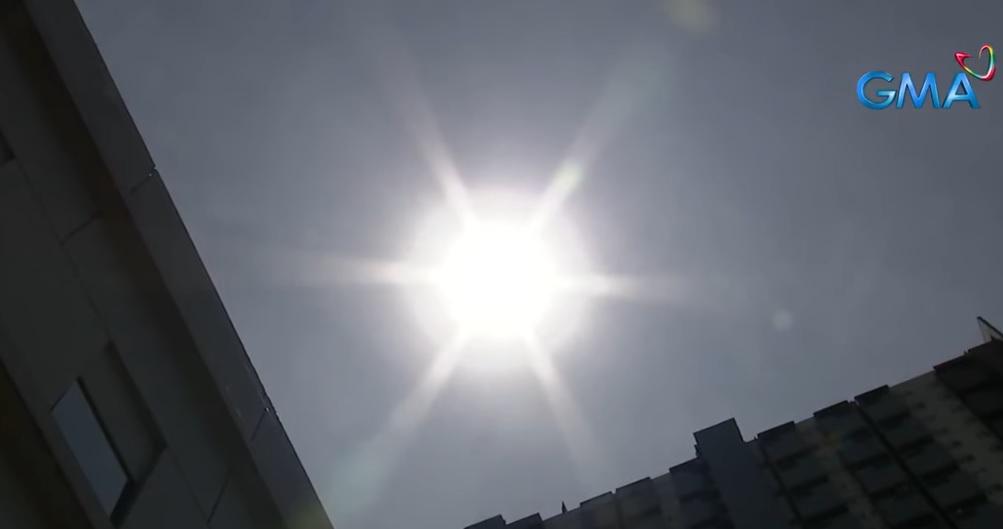PAGASA sees 'dangerous' heat index in 31 areas on April 24

At least 31 areas are seen to experience dangerous level of heat indices on Wednesday, April 24, according to weather bureau PAGASA.
In its latest heat index, PAGASA said temperatures ranging from 42°C to 45 42°C are expected in the following areas:
- NAIA, Pasay City — 42°C
- PAGASA Science Garden, Quezon City — 42°C
- Dagupan City, Pangasinan — 44°C
- Bacnota, La Union— 42°C
- Tuguegarao City, Cagayan — 43°C
- Echague, Isabela — 43°C
- Clark Airport, Pampanga — 42°C
- Muñoz, Nueva Ecija — 43°C
- Baler, Aurora — 42°C
- Casiguran, Aurora — 42°C
- Subic, Olongapo City — 42°C
- Sangley Point, Cavite — 43°C
- Tanuan, Batangas — 42°C
- Infanta, Quezon — 42°C
- Calapan, Oriental Mindoro — 42°C
- San Jose, Occidental Mindoro — 42°C
- Coron, Palawan — 42°C
- Puerto Princesa, Palawan — 44°C
- Aborlan, Palawan — 44°C
- Virac, Catanduanes — 43°C
- Masbate Ciy, Masabate — 42°C
- Pili, Camarines Sur — 43°C
- Roxas, Capiz — 45°C
- Iloilo City, Iloilo — 42°C
- Dumangas, Iloilo — 42°C
- Guiuan, Eastern Samar — 43°C
- Dipolog, Zamboanga del Norte — 43°C
- Zamboanga City, Zamboanga del Sur — 45°C
- Davao City, Davao del Sur — 42°C
- Cotabato City, Maguindanao — 43°C
- Butuan City, Agusan del Norte — 43°C
Heat index is the measure of the temperature that a person feels, which is different from the actual air temperature. It is computed by factoring in the humidity as well as the air temperature.
Based on PAGASA classification, heat indices reaching 42°C to 51°C are under “dangerous” level, which may cause heat stroke and heat exhaustion.
PAGASA recommended limited outdoor activity, consistent hydration, and wearing fresh clothes to combat the effects of the heat.
First aid measures
If anyone is experiencing heat stroke symptoms, the Department of Health (DOH) advised concerned individuals to follow these first aid measures:
- move the person to a shaded, cool area, and provide ventilation.
- remove the person’s outer clothing.
- apply cold compresses, ice packs, cold water, or cold wet cloth against the skin, especially on the head, face, neck, armpits, wrists, ankles, and groin.
- if the patient is conscious, encourage frequent slow sips of cool water.
- contact emergency services or bring the person to the hospital immediately
To prevent heat-related illnesses, the DOH advised the public to limit time spent outdoors, drink plenty of water, and avoid tea, coffee, soda, as well as liquor.
People should also use umbrellas, hats, and sleeved clothing outdoors and schedule their heavy-duty activities for the beginning or end of the day when it is cooler. — RSJ, GMA Integrated News




